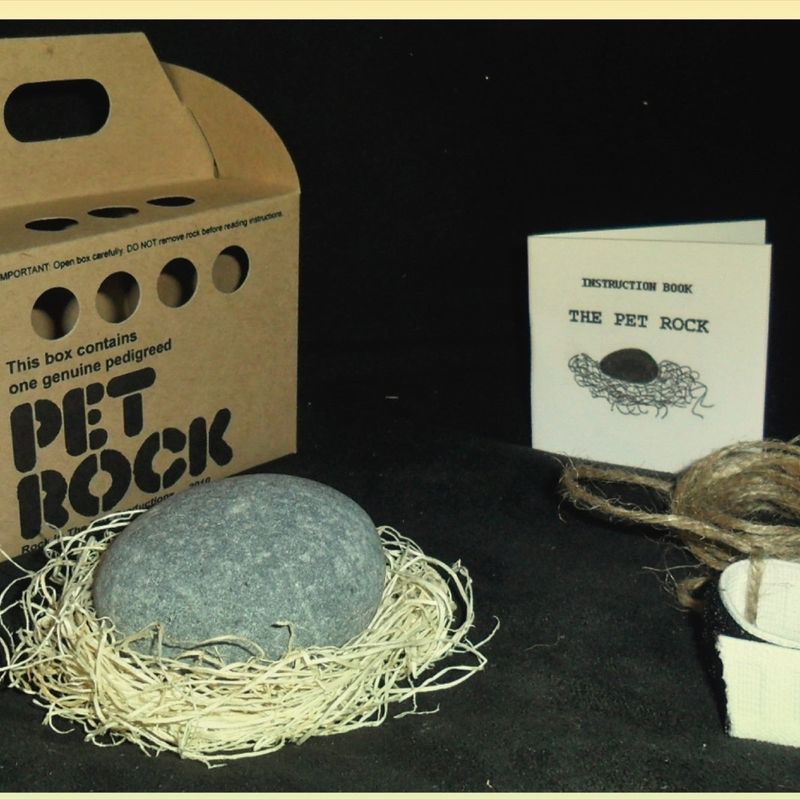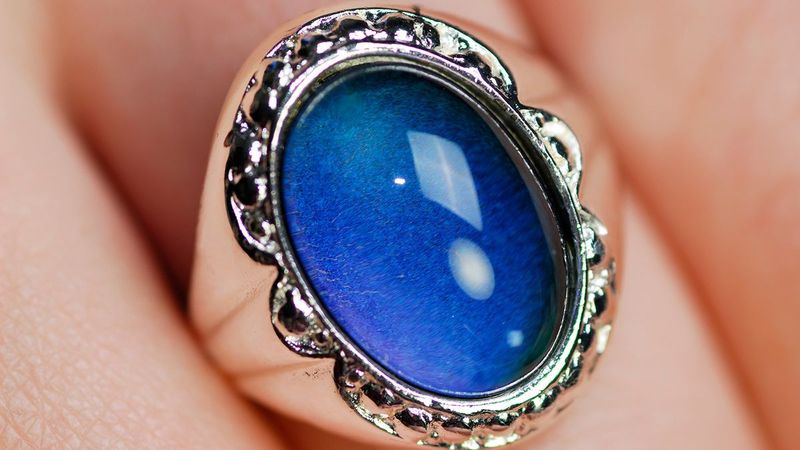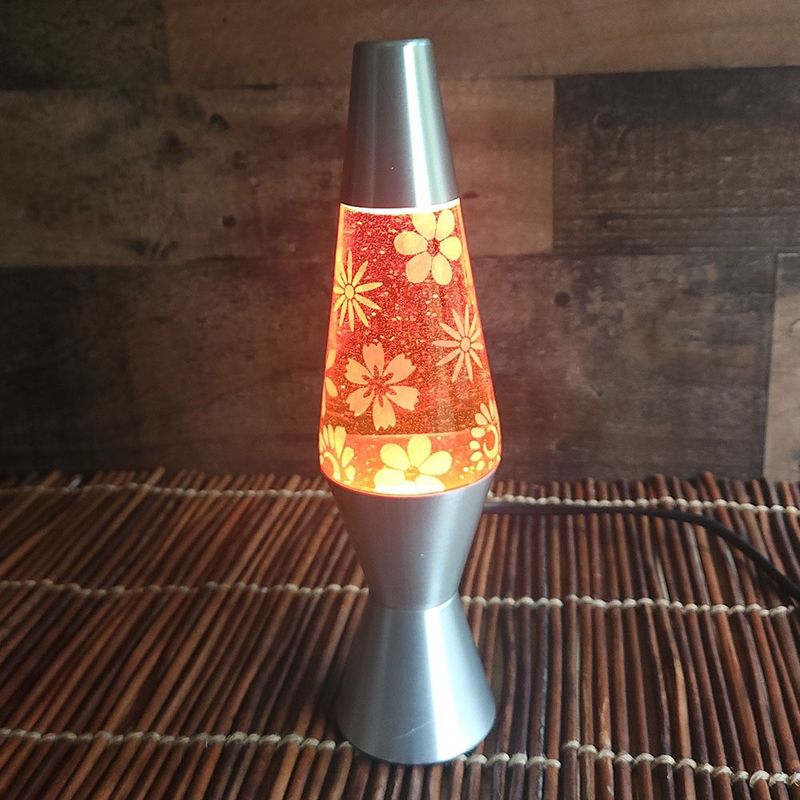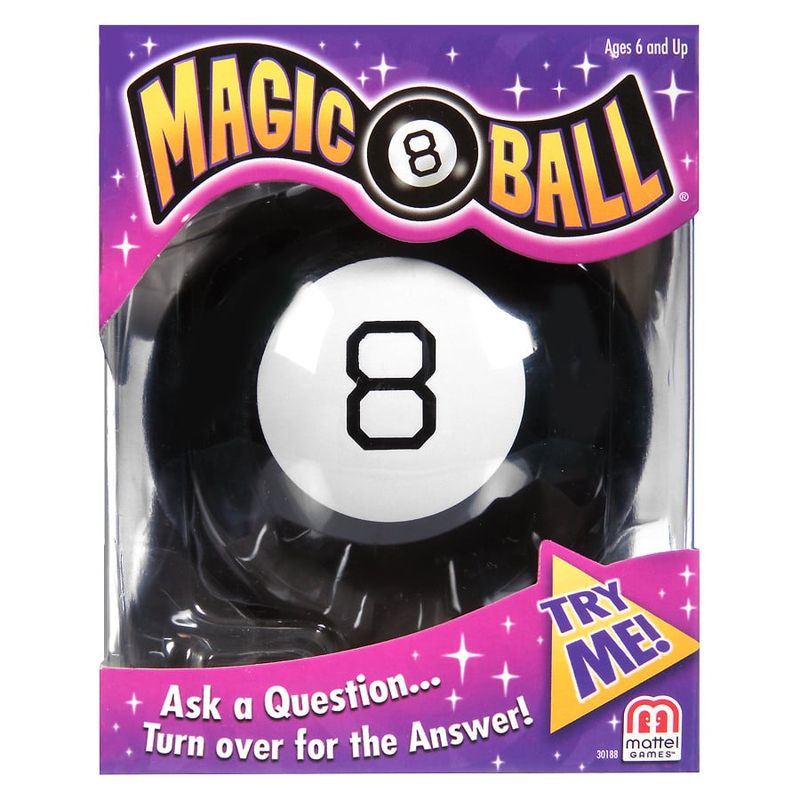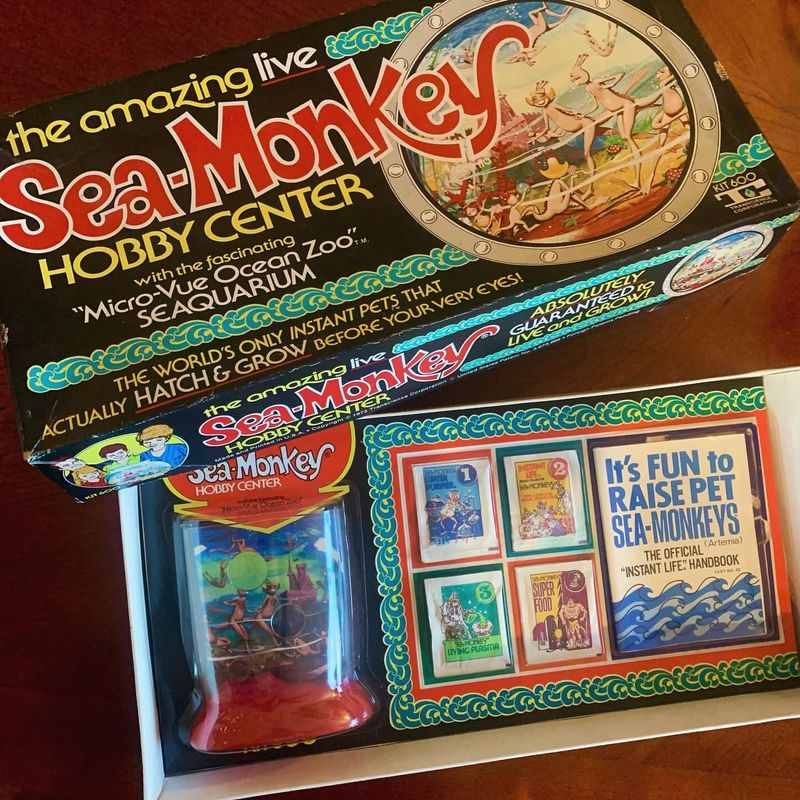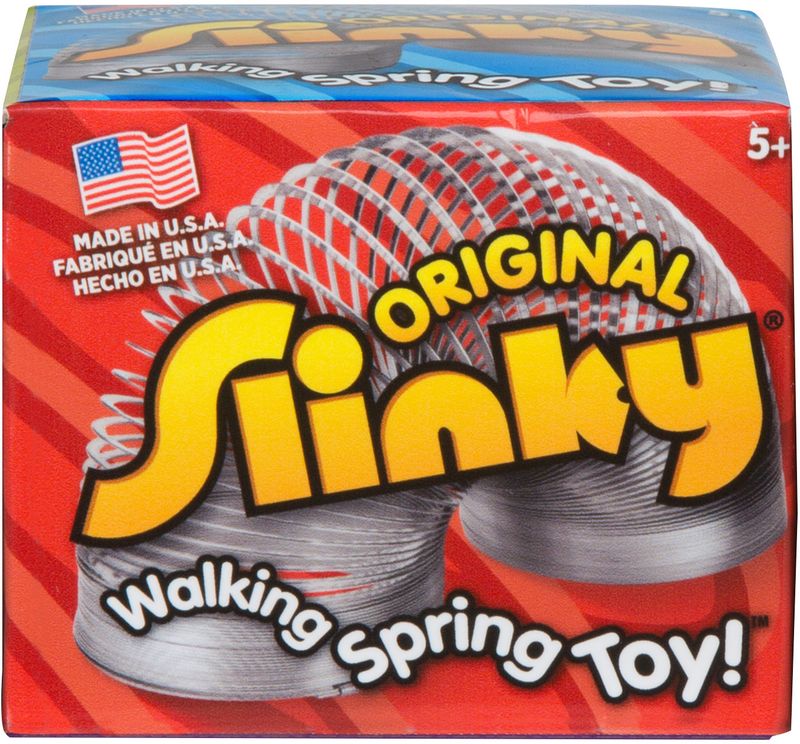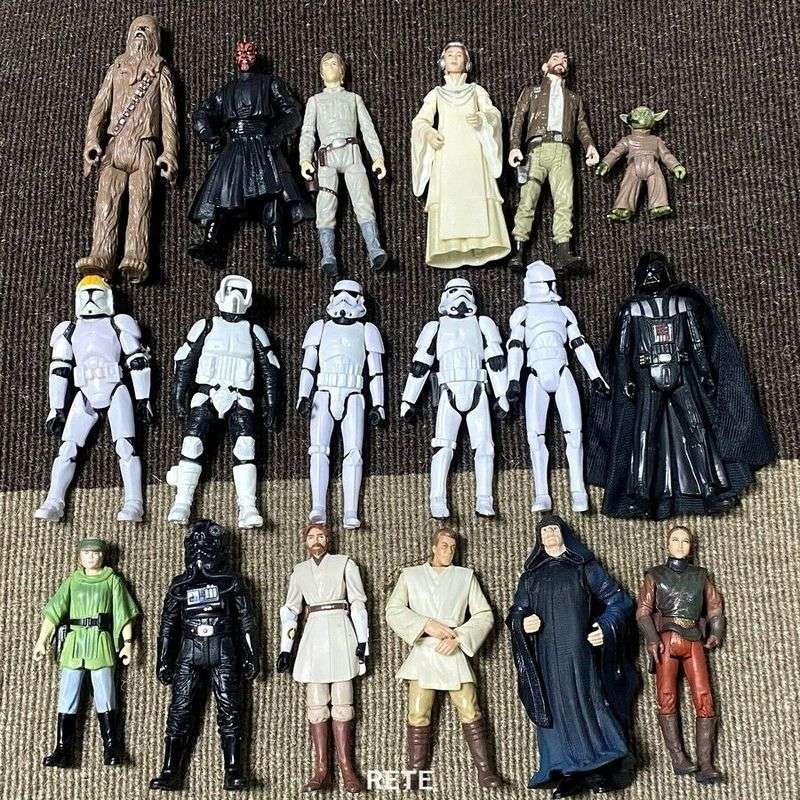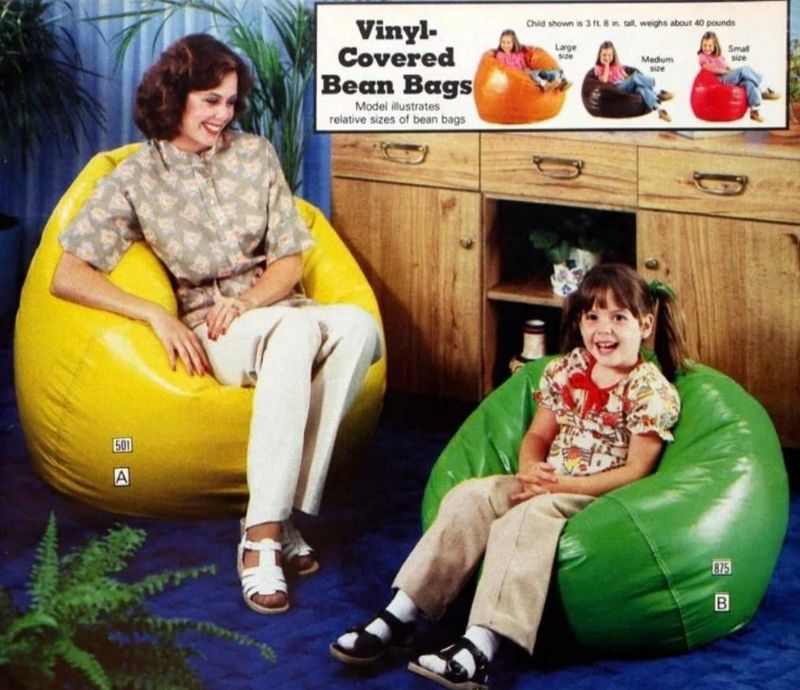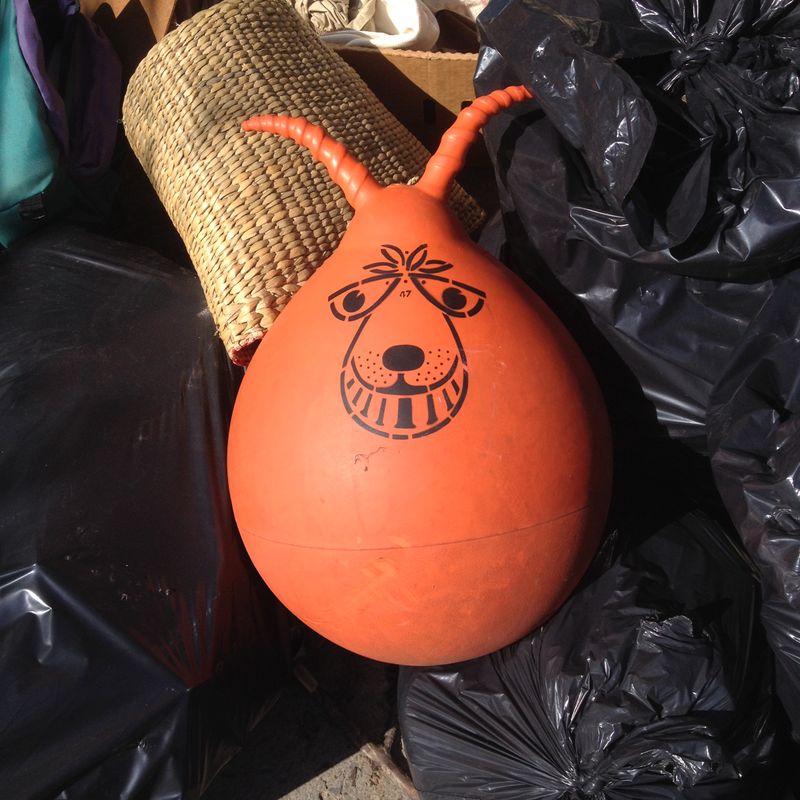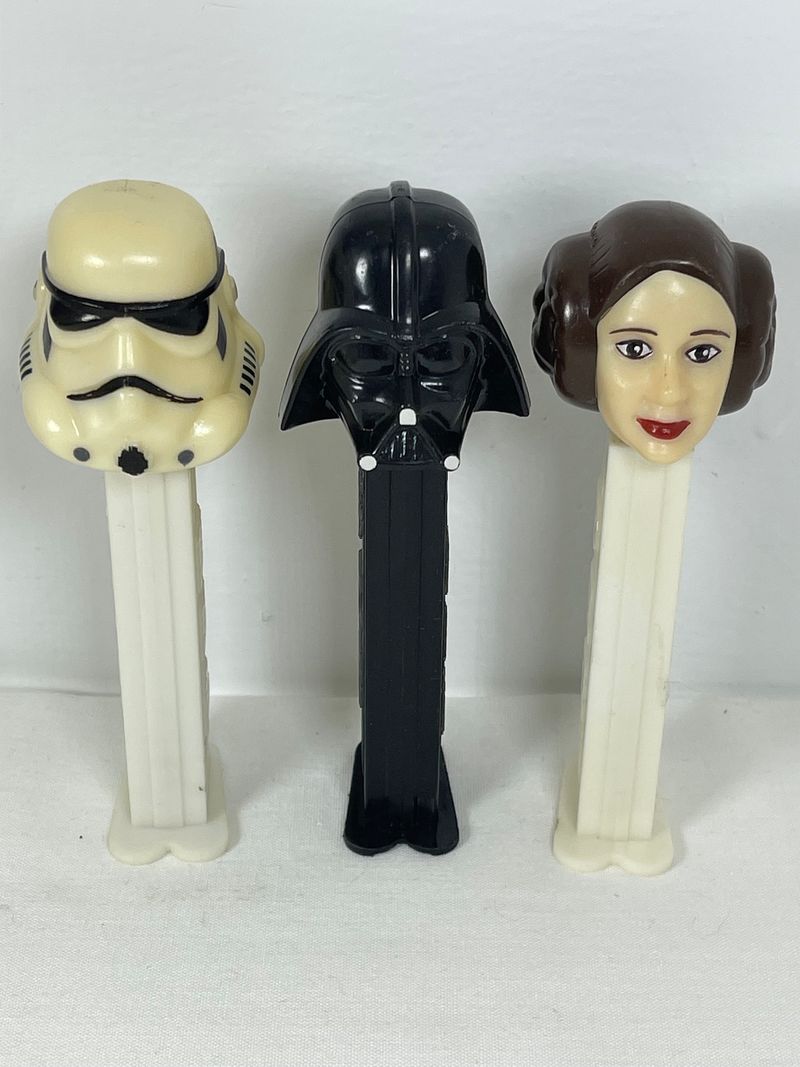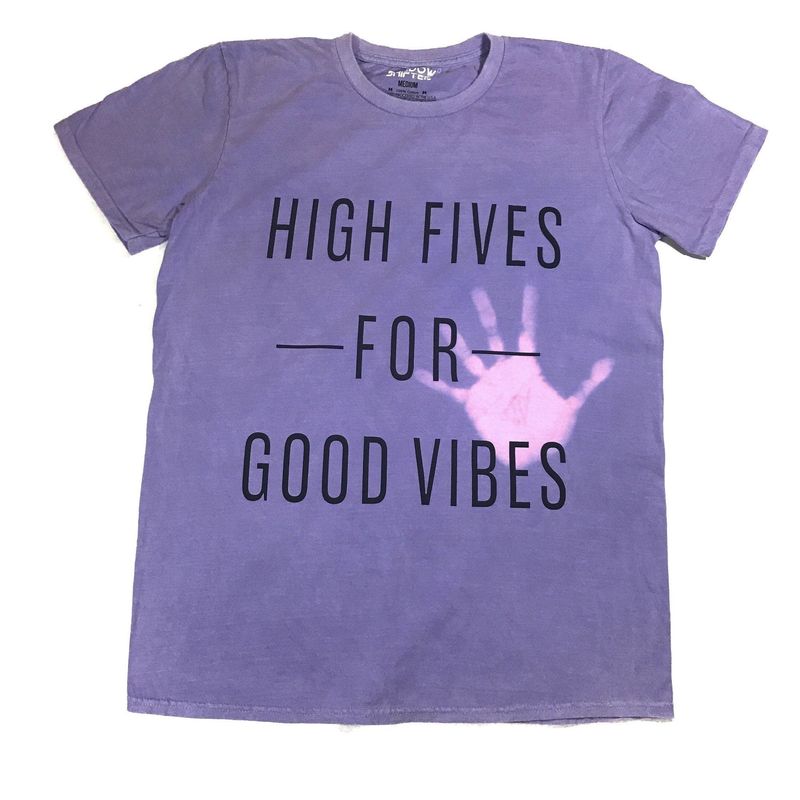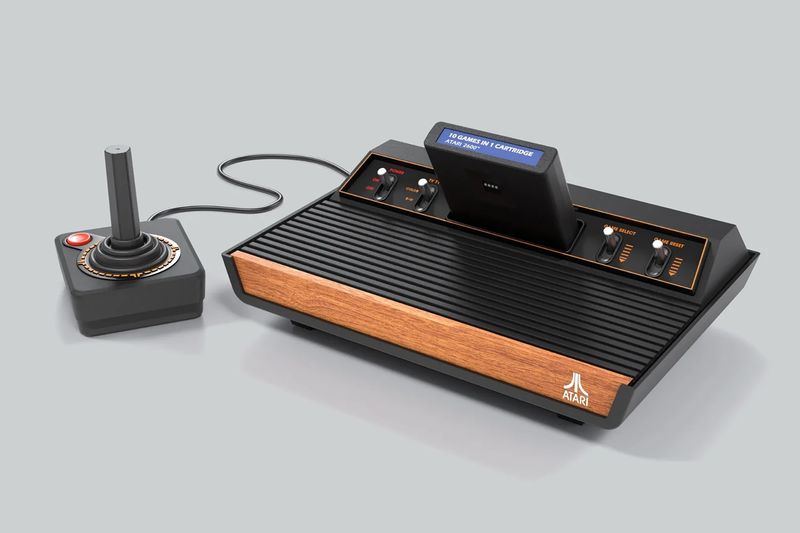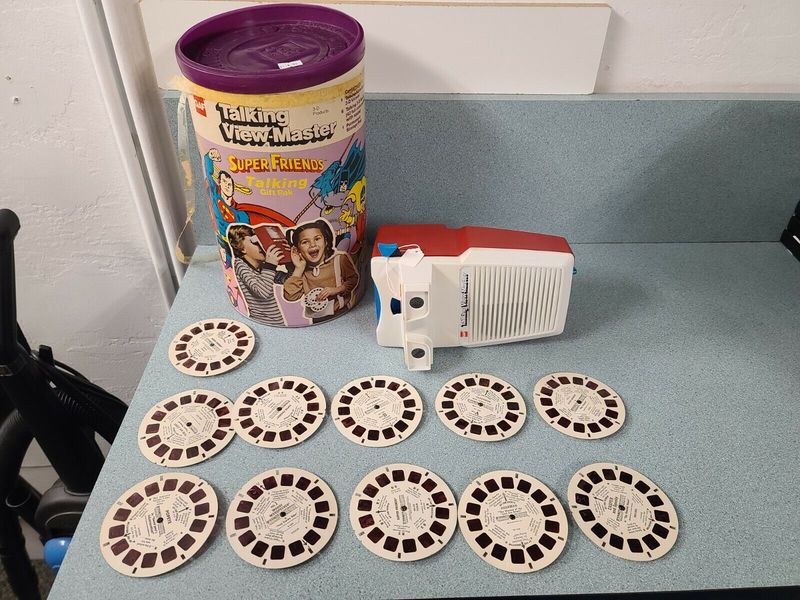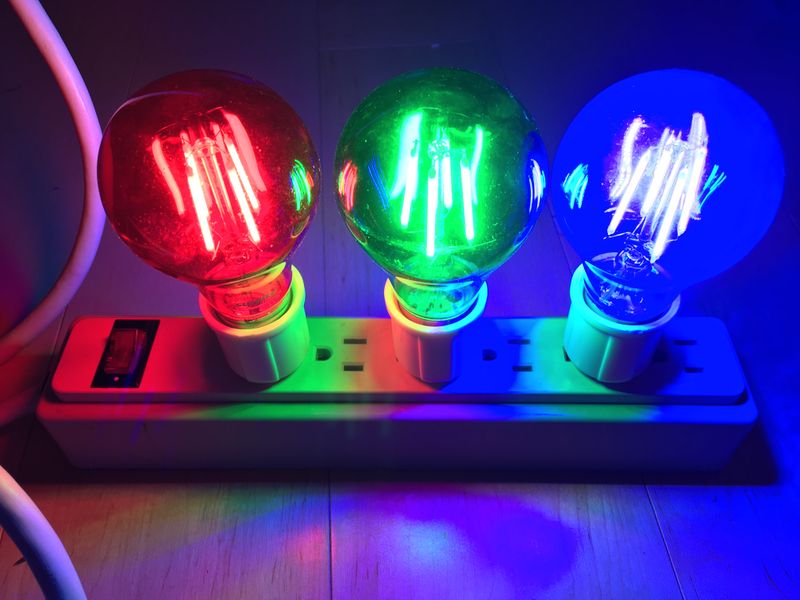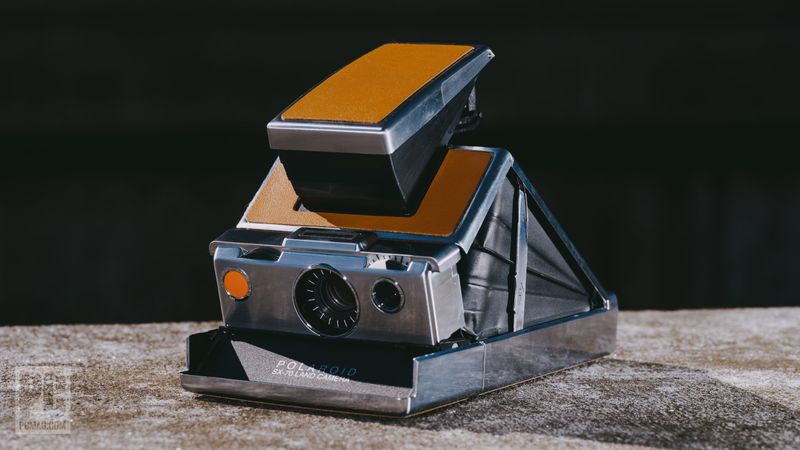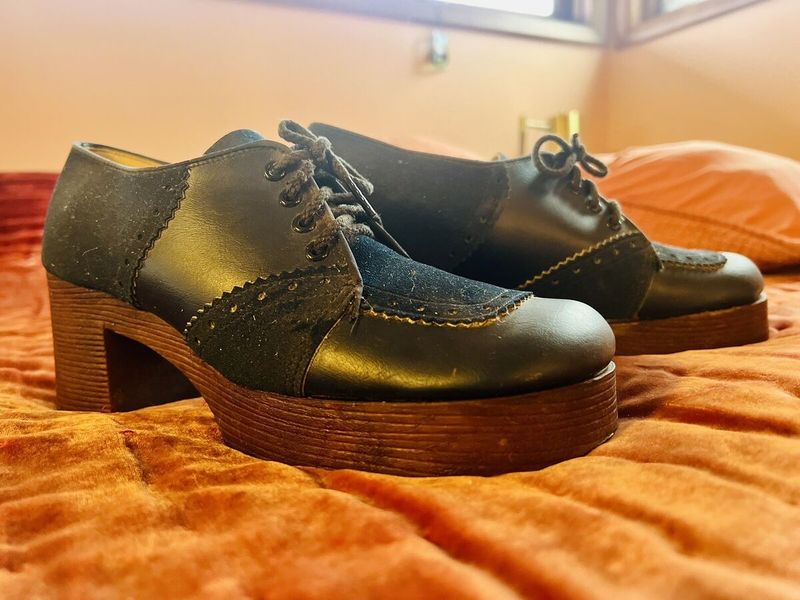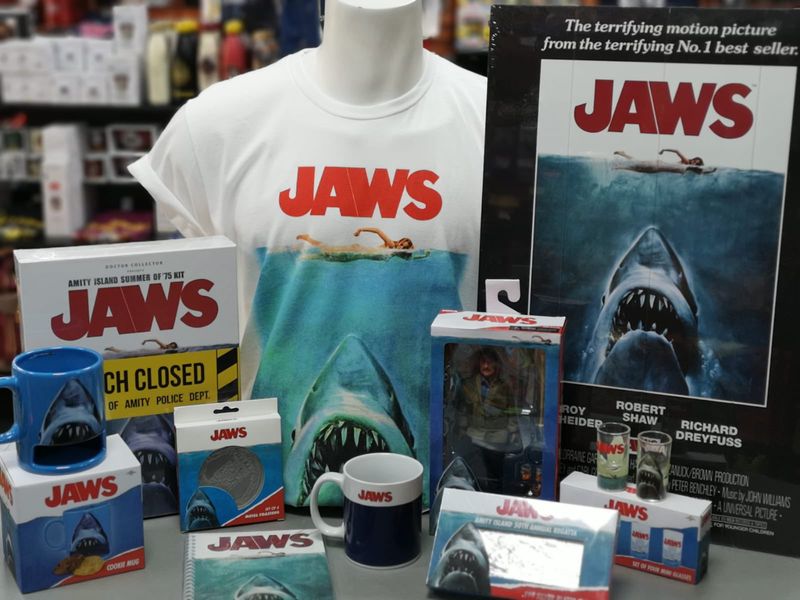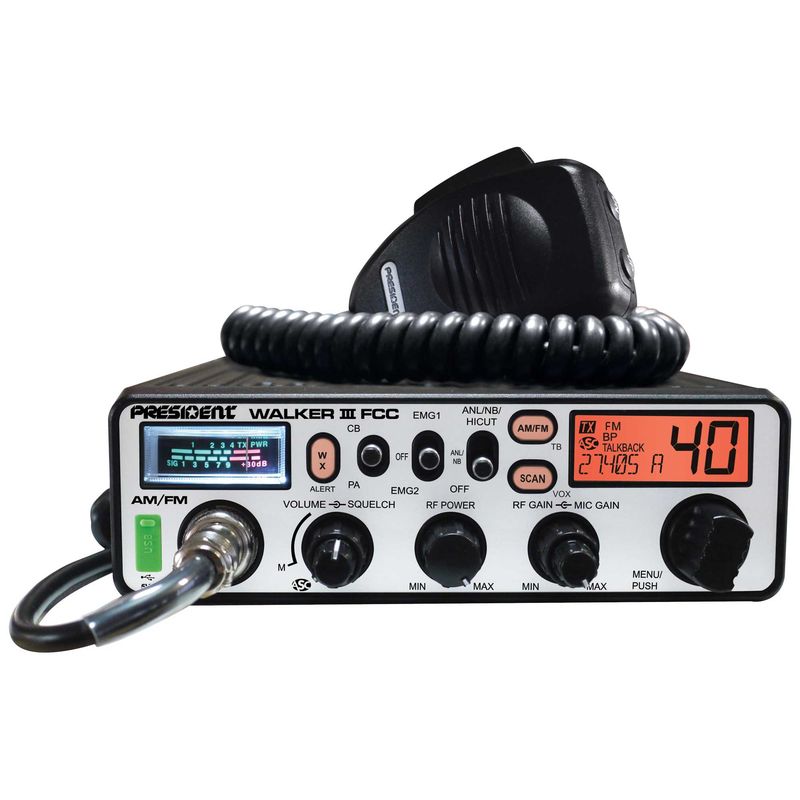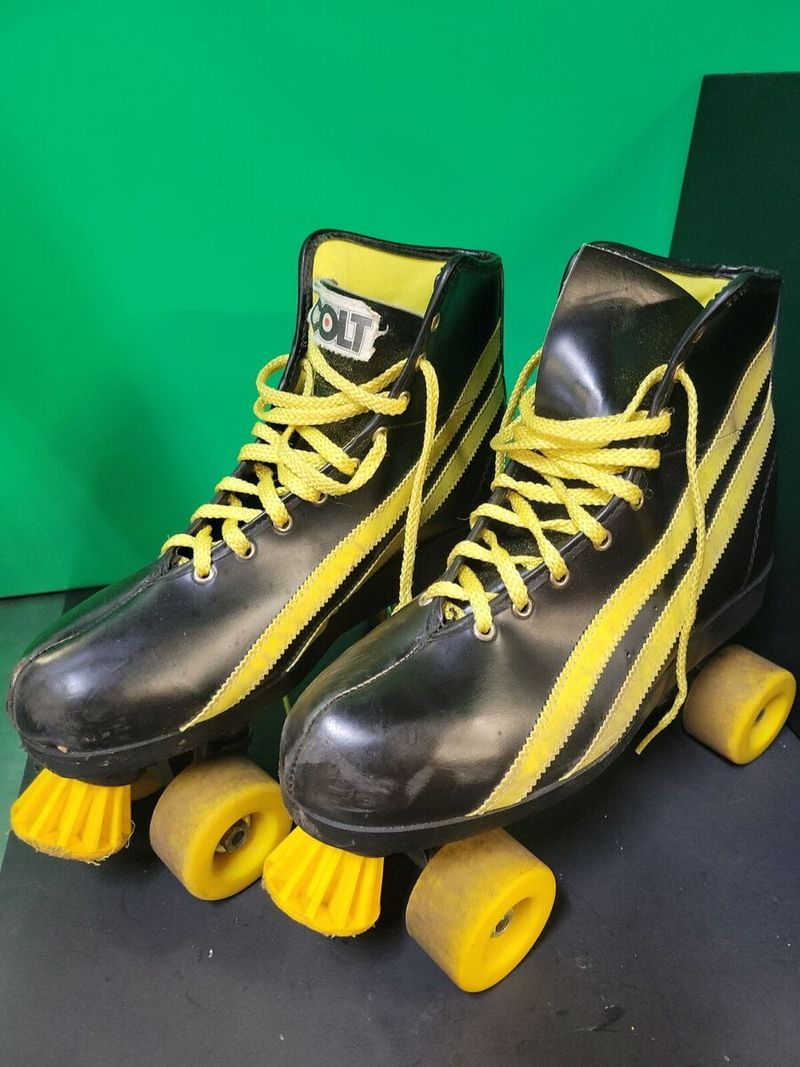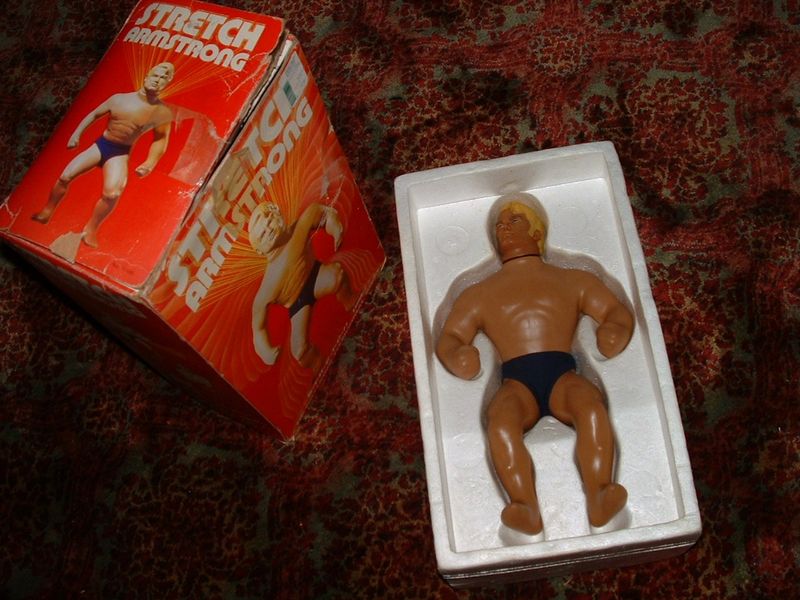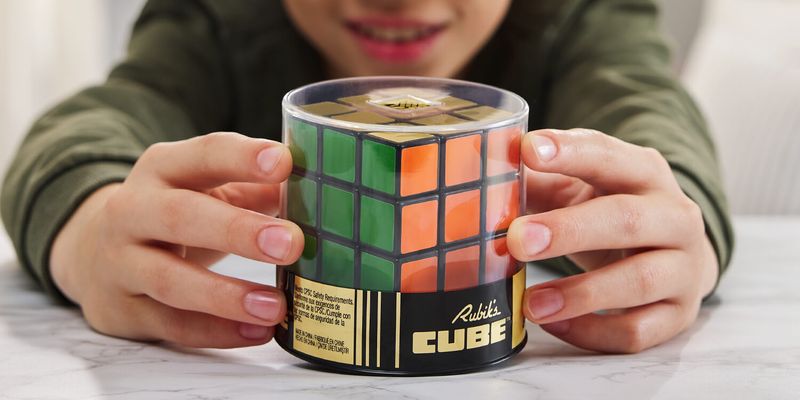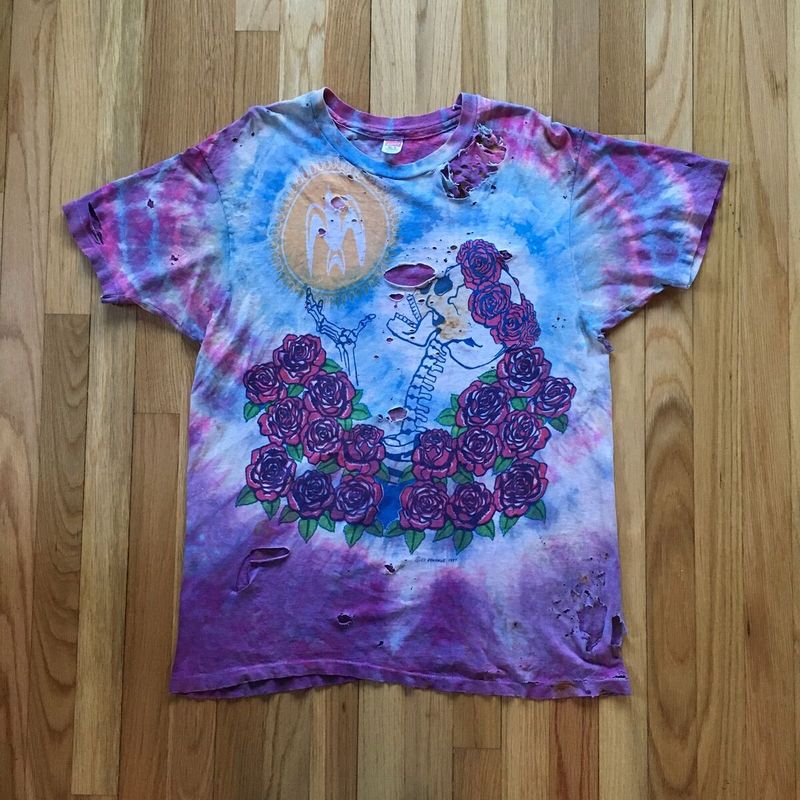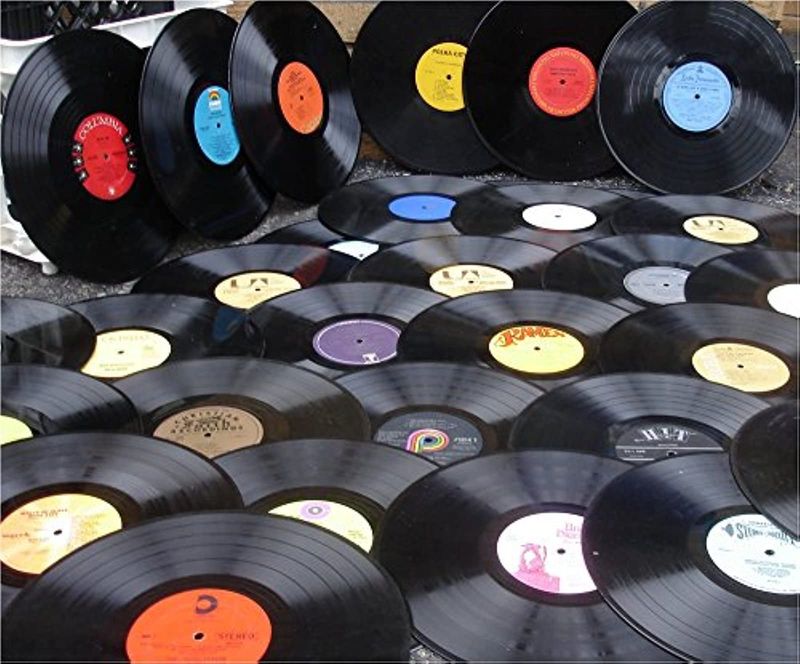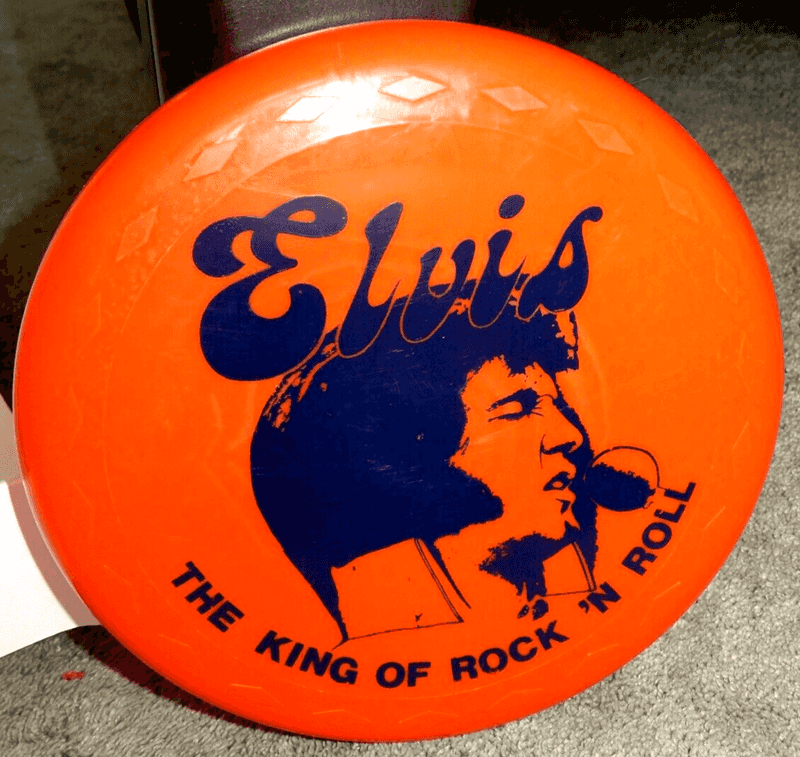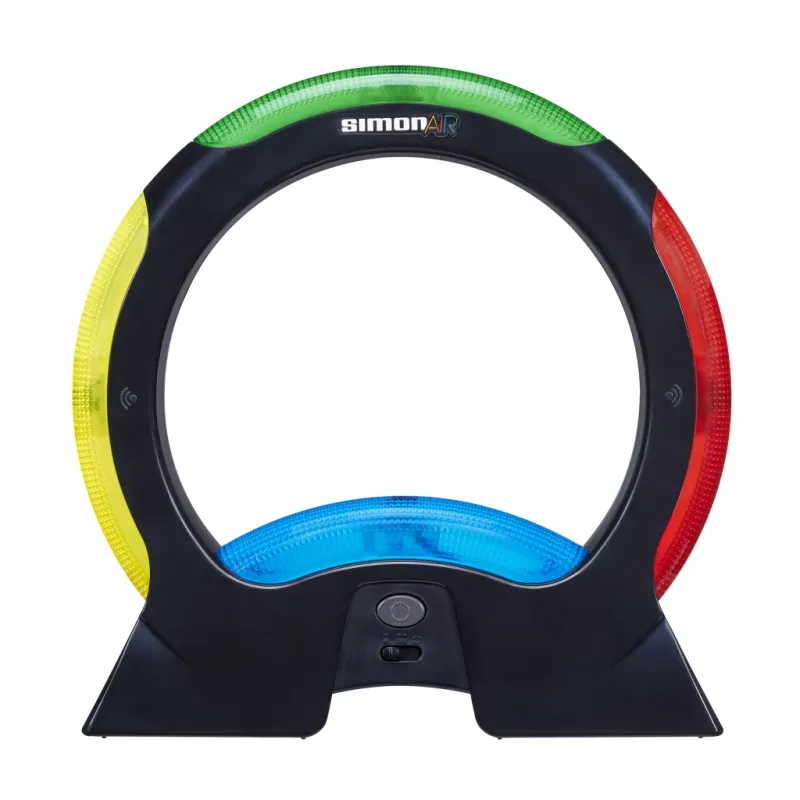The 1970s were a vibrant era filled with iconic trends and unique items that defined the decade’s youth culture. From toys to fashion, the cool kids of the era had their hands on some truly unforgettable items.
This list dives into the eclectic mix of 26 random yet quintessential things that every “cool kid” in the 1970s seemingly owned.
Each item tells a story of creativity and innovation that resonated with the youth of the time. Here’s a nostalgic journey through the decade of disco, bell bottoms, and more!
1. Pet Rock
The Pet Rock was the epitome of simplicity and creativity. It was essentially a smooth stone, often with googly eyes, that sat in a cardboard box with air holes.
Kids loved their Pet Rocks as they required no maintenance and were the perfect low-cost companion. The craze started as a novelty gift idea by advertising executive Gary Dahl in 1975.
Despite being a rock, it came with a humorous manual on how to care for it. This simple concept was a hit, turning rocks into playful pets and sparking joy across the nation.
2. Mood Ring
Mood rings were a fascinating trend in the 1970s. These rings, featuring a thermochromic element, supposedly reflected the wearer’s emotions. The color-changing ability captivated many, making it a must-have accessory.
Wearing one made you feel in touch with your inner feelings. The ring’s color spectrum ranged from black, indicating stress, to blue for calm and relaxed.
This novelty jewelry piece became a symbol of the era’s fascination with peace, love, and self-discovery, embodying the spirit of the 1970s. It wasn’t just an accessory; it was a statement piece.
3. Lava Lamp
Lava lamps became a staple decor item in the 1970s, known for their mesmerizing wax blobs floating through colorful liquid. Invented by Edward Craven Walker, these lamps brought a psychedelic vibe to any space.
Whether in a bedroom or a living room, the gentle movement and warm glow offered a sense of relaxation and a piece of the groovy lifestyle. They symbolized the era’s love for experimentation and colorful, unconventional aesthetics.
Watching the wax rise and fall was both relaxing and intriguing, making it a beloved item during the decade.
4. Magic 8-Ball
The Magic 8-Ball was a curious toy that captured imaginations. This black sphere, filled with liquid and a 20-sided die, provided whimsical answers to life’s questions. Simply ask a question, shake the ball, and wait for the answer to appear in the window.
It was a staple at parties and sleepovers, offering both entertainment and “insight.” Its popularity lay in its simplicity and the intrigue of fate and fortune.
The Magic 8-Ball became a cultural icon, offering mysterious yet amusing wisdom to curious minds throughout the decade.
5. Sea Monkeys
Sea Monkeys were an instant hit with kids in the 1970s. These tiny brine shrimp, sold as “instant pets,” came in a packet. Just add water, and they sprang to life, much to the amazement of all. The appeal was in their simplicity and the joy of watching them grow.
Sea Monkeys often came with comic-style manuals, adding a fun storytelling element. They offered a glimpse into aquatic life without the complexity of traditional pet care.
These little creatures captured the imagination of a generation, bringing a touch of wonder into homes.
6. Slinky
The Slinky was more than just a toy; it was a phenomenon. A simple, helical spring, it delighted children and adults alike as it “walked” down stairs. Invented by Richard James in the 1940s, it found renewed popularity in the 1970s.
The Slinky embodied the era’s spirit of play and innovation. Its ability to move smoothly and gracefully captured imaginations. Watching a Slinky in motion was mesmerizing.
It wasn’t just a toy; it was a source of endless entertainment, creativity, and delight, making it a staple in every cool kid’s collection.
7. Star Wars Action Figures
Star Wars action figures became an iconic part of the 1970s toy scene. Following the release of the first film in 1977, these figures allowed fans to bring the galaxy far, far away into their homes.
Characters like Luke Skywalker, Princess Leia, and Darth Vader were favorites. Kids could recreate epic battles or invent new adventures. The detail and craftsmanship made them highly collectible.
Owning these figures wasn’t just about play; it was about being part of a cultural phenomenon. They were a gateway to imagination and a testament to the film’s enduring legacy.
8. Bean Bag Chair
Bean bag chairs were the epitome of casual comfort in the 1970s. These soft, shapeless seats offered a cozy spot for relaxation, play, or study. Filled with polystyrene beads, they formed around the sitter, providing a unique lounging experience.
Bean bag chairs came in a variety of colors and patterns, making them a versatile addition to any room. They symbolized the decade’s trend towards informal, laid-back living.
Whether reading, listening to music, or just hanging out, bean bag chairs made any space feel instantly more inviting and fun.
9. Space Hopper
The Space Hopper, also known as the hoppity hop, was a beloved outdoor toy in the 1970s. Featuring a large, inflatable ball with handles, kids would sit on it and bounce around. It was not only fun but also a great way to burn off energy.
The design often included a smiling face, adding to its charm. Space Hoppers encouraged active play and were perfect for races or just bouncing around the garden.
They embodied the playful spirit of the era, becoming a favorite for energetic children everywhere.
10. Pez Dispensers
Pez dispensers were more than just a candy holder; they were collectible treasures. Each dispenser featured a character head, often from popular cartoons or movies of the time.
The dispenser would pop out a small candy with a tilt of the head, making it an interactive treat. Kids loved trading and collecting them, with each new character release sparking excitement.
Pez dispensers were an affordable and fun way to enjoy candy, merging play with a sweet reward. They became a nostalgic symbol of childhood for many who grew up in the 1970s.
11. Hypercolor T-Shirts
Hypercolor T-shirts were a fascinating fashion trend in the 1970s. These shirts changed color with temperature, thanks to thermochromic dyes. Kids loved them for their interactive nature, watching colors shift with body heat or sunlight.
The shirts came in various hues, offering a dynamic look that was both fun and stylish. Wearing a Hypercolor T-shirt was like having a wearable science experiment. It showcased the era’s love for innovation and creativity.
These garments were not just clothes; they were a visual experience that added excitement to everyday fashion.
12. Atari 2600
The Atari 2600 revolutionized home entertainment in the late 1970s. This gaming console brought the arcade experience into living rooms, offering games like Pong and Space Invaders.
It featured simple graphics and sound, but the thrill of playing at home was unmatched. The joystick controllers became iconic, and swapping cartridges allowed for endless gaming possibilities.
Atari 2600 set the stage for future gaming endeavors, marking the beginning of a new era in interactive entertainment. Owning one was every cool kid’s dream, transforming how playtime was experienced and enjoyed.
13. View-Master
The View-Master opened up a world of three-dimensional adventure. This handheld viewer used cardboard reels with tiny images to create 3D scenes. Kids could explore various topics, from nature to popular TV shows, all in stereoscopic wonder.
The View-Master was a unique blend of education and entertainment, allowing users to “travel” without leaving home. Each reel offered new adventures, providing hours of imaginative play.
It was a window to the world, and owning one meant endless exploration. View-Masters were cherished for their ability to captivate and inspire young minds.
14. Mood Lighting
Mood lighting was an essential element of 1970s decor. Using colored bulbs or gels, people created atmospheres that matched their moods, from relaxing blues to vibrant reds.
This lighting trend extended into various settings, including homes and discos, enhancing the ambiance. It was about more than illumination; it was about setting the tone and vibe of a space.
Mood lighting reflected the decade’s emphasis on personal expression and customization. It turned ordinary rooms into sanctuaries of style and comfort, adding a touch of magic to everyday life.
15. Polaroid Camera
Polaroid cameras offered the thrill of instant photography. In an age before digital images, capturing a moment and watching it develop within minutes was magical. Polaroids were perfect for parties, gatherings, or documenting everyday life.
The cameras were chunky but portable, making them a hit with amateur photographers. Each picture was unique, with the iconic white border adding charm. Polaroids allowed people to create memories on the spot, sharing and cherishing them instantly.
This technology was revolutionary, making photography accessible and fun for everyone, capturing the essence of life in the 1970s.
16. Platform Sneakers
Platform sneakers combined comfort with the fashionable flair of the 1970s. These shoes elevated both height and style, featuring thick soles and vibrant designs. They offered a casual alternative to traditional platforms, perfect for everyday wear.
Platform sneakers were versatile, pairing well with a range of outfits, including jeans, skirts, and jumpsuits. Their bold appearance made them a statement piece in any wardrobe.
Owning a pair signified an embrace of the era’s playful and experimental fashion sense. They were more than just shoes; they were a symbol of individuality and expression.
17. Jaws Merchandise
The release of Jaws in 1975 sparked a wave of merchandise that thrilled fans. From posters to toys, the film’s gripping suspense translated into products kids loved.
Jaws merchandise turned a movie experience into a lifestyle, allowing fans to immerse themselves in the thrill. The iconic imagery of the shark became a must-have for enthusiasts.
Whether it was a T-shirt or a board game, owning Jaws memorabilia was about connecting with the cinematic excitement. It captured the era’s fascination with blockbuster films, making it a memorable part of 1970s pop culture.
18. CB Radio
CB radios were a communication revolution in the 1970s. Citizens Band radio allowed people to connect over short distances, making it popular for enthusiasts and truckers.
Equipped with a microphone and speaker, users enjoyed the thrill of real-time conversation. It was a social tool, bringing communities together. Kids found excitement in the CB slang and unique channel names, adding a playful element.
CB radios symbolized freedom and connectivity, reflecting the era’s adventurous spirit. Owning one was more than just having a gadget; it was about being part of a larger network of voices.
19. Roller Skates
Roller skating was a beloved pastime in the 1970s, and owning a pair of skates was a ticket to fun. Whether quad or inline, these skates offered freedom and excitement, perfect for outdoor adventures or roller discos.
Skating combined physical activity with social interaction, creating a vibrant community of enthusiasts. Roller rinks became gathering spots, alive with music and movement. Skating was more than just a hobby; it was a lifestyle.
It captured the decade’s energy and enthusiasm, making it a must-have for every cool kid looking to glide through life with style.
20. Stretch Armstrong
Stretch Armstrong was a unique toy that captivated kids with its stretchy fun. This muscular doll could be pulled and stretched to incredible lengths, always returning to its original shape. Its durability and flexibility made it a fascinating plaything.
Stretch Armstrong represented the era’s love for quirky and engaging toys. Children enjoyed testing its limits, creating imaginative scenarios and adventures. The tactile experience of stretching and squeezing offered endless amusement.
It became a staple in toy collections, embodying the playful spirit and innovation of the 1970s toy industry.
21. Rubik’s Cube
The Rubik’s Cube emerged as a challenging and addictive puzzle in the late 1970s. Invented by Ernő Rubik, this colorful cube required logical thinking and patience to solve. It presented a new kind of play that combined mental agility with dexterity.
The cube became a global sensation, sparking competitions and becoming a symbol of intellectual challenge. Solving a Rubik’s Cube was a badge of honor, showcasing both skill and perseverance.
It wasn’t just a toy; it was a brainteaser that captivated minds and became an enduring icon of the 1970s.
22. Tie-Dye Shirts
Tie-dye shirts were a vibrant expression of individuality and creativity. In the 1970s, these colorful garments symbolized peace and love. Creating tie-dye patterns was a fun, hands-on experience, allowing for personal expression through color and design.
Kids and adults alike embraced tie-dyes, making each piece unique. The shirts were often seen at concerts and gatherings, embodying the decade’s counterculture movement. They weren’t just clothing; they were wearable art.
Tie-dye shirts offered a canvas for self-expression, capturing the free-spirited essence of the 70s. They remain an enduring symbol of the era.
23. Vinyl Records
Vinyl records were the heart of music culture in the 1970s. Owning a record collection was a source of pride, with each album cover an artistic masterpiece. Listening to vinyl offered a rich, warm sound, creating an immersive experience.
Record stores became cultural hubs for music lovers, offering a treasure trove of genres. The act of placing the needle and hearing the crackle was a ritual, a moment of connection with music.
Vinyl brought people together, turning listening into a shared experience. It was more than just music; it was a lifestyle.
24. Pet Turtles
Pet turtles were a quirky and low-maintenance pet choice for kids in the 1970s. Easy to care for, they added a touch of nature to any home. Turtles became a symbol of patience and calm, traits often appreciated in the fast-paced 70s.
They provided children with a sense of responsibility and companionship. Aquariums were often decorated with colorful gravel and plastic plants, creating miniature aquatic worlds.
Turtles were more than pets; they were family members, quietly observing life around them. Their slow, steady nature offered a peaceful counterpoint to the vibrant energy of the decade.
25. Frisbees
Frisbees were the ultimate symbol of carefree fun in the 1970s. These flying discs were perfect for outdoor play, whether at the park, beach, or backyard. Their versatility made them a favorite for group games and solo tricks.
Frisbees encouraged physical activity and skill development, offering endless hours of entertainment. The simple design belied the joy they brought, turning any outing into an adventure.
Owning a Frisbee was about embracing the spirit of play and enjoying the great outdoors. They became an enduring icon of leisure and spontaneity.
26. Simon
Simon was an electronic memory game that challenged players with sequences of lights and sounds. Introduced in the late 1970s, it required concentration and quick thinking, captivating both kids and adults.
Players needed to repeat the random sequences, which became increasingly complex. Simon offered a blend of entertainment and mental exercise, making it a popular choice at gatherings. Its simple yet challenging gameplay made it a staple in game collections.
Simon symbolized the era’s fascination with technology and interactive play, providing a fun and engaging experience for all.
